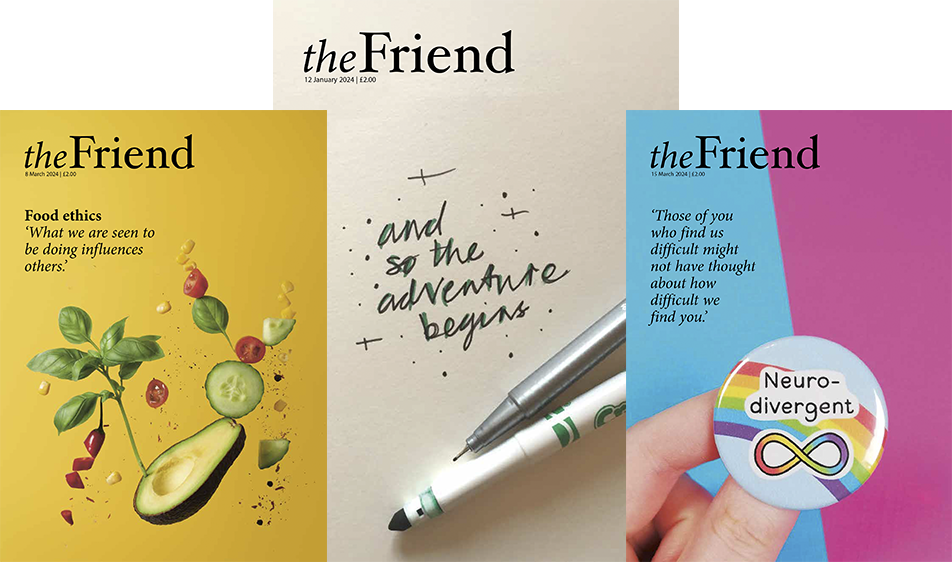'What technology might be available and how best to use it. Audio and visual content would undoubtedly play a part.'
Yearly Meeting special interest sessions 1
‘Friends wanted to know in what ways they could best help.’
Before Yearly Meeting (YM) began in earnest, Friends joined various online sessions of preparation or special interest. After a time of technical practice for Zoom users, Woodbrooke ran Supporting online discernment: Centring down and upholding from home. More than fifty Friends joined as Woodbrooke tutor Rhiannon Grant offered help on how they could ‘give themselves the best chance to join in’ with YM in session. Rhiannon talked about Quaker practice, and getting the ‘sense of the Meeting’. This was quite different to a secular idea of consensus, she said, and used Quaker faith & practice to remind those present of the core purpose of such gatherings. Friends had questions about how minutes would be approved, before moving into smaller breakout rooms to discuss some key questions: ‘What helps you settle? What can you do to make it easier on yourself?; How can we support others?’
